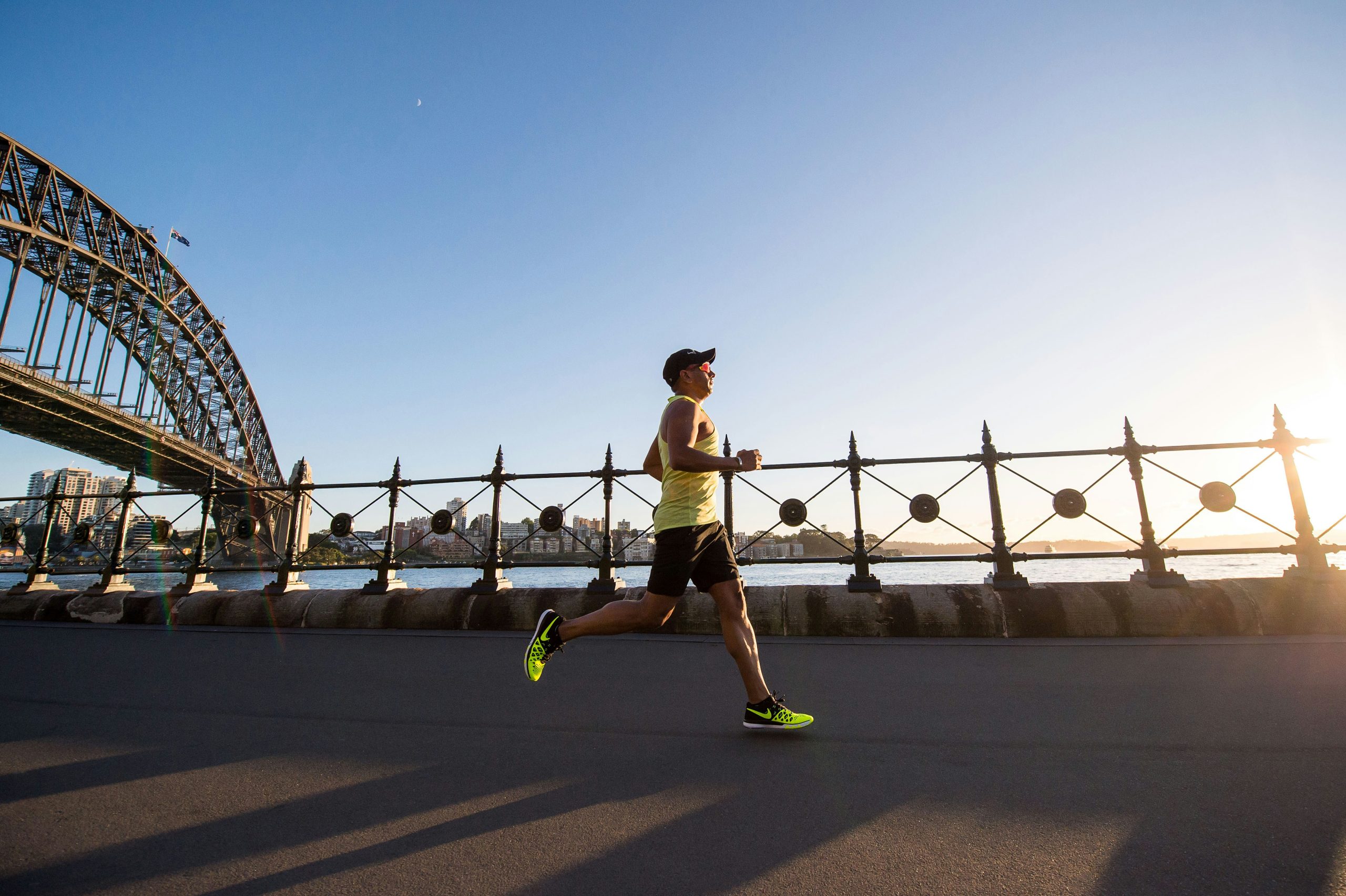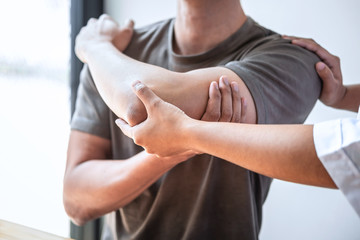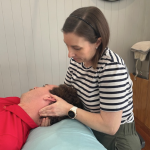
Bone stress injuries in Long Distance Runner
Running is a well-known activity for health and wellness. However, running carries the risk of developing overuse injuries such as bone stress injuries. A bone stress injury is defined as the inability of bone to withstand repetitive mechanical loading. This results in structural fatigue and localized bone pain and tenderness.
The first stage begins with stress reaction and can progress to stress fractures and, ultimately, complete bone fractures.
How common are stress fractures?
One to two thirds of competitive long distance runners have been affected at least once by bone stress injuries. The 1-year prospective incidence of it in competitive cross-country and track-and-field athletes ranges from 4.9% to 21.1%. Additionally, these athletes have an increased risk recurrence rate of bone stress injuries.
What causes stress fractures in runners?
Half of bone stress injuries in the long-distance runners occurs in the tibia. The other locations with the most prevalence are femur, fibula, calcaneus, metatarsals, and tarsals. Location of injury development depends on how the athlete loads its body. Different running biomechanics influencing which bones are preferentially loaded and where strain occur within those bones. Thus, bone stress injuries can occur in any bone region. It should be considered as the differential diagnosis of all overuse injuries in distance runners.
Factor modifying the load applied to a bone include biomechanical factors, training factors, muscles factors, running surface, shoes, and inserts.
Factors influencing the ability of the bone to resist load without damage accumulation include:
-Physical activity history
-Energy availability
-Calcium and Vitamin D Status
This condition usually presents with a history consistent with overuse injury and a gradual onset of activity related pain. The signs and symptoms may vary as the pathology process begins on to the point which the athlete presents. The earlier the runner presents, and a diagnosis is made, the better.
What does stress fracture feel like?
At the first stage of the pathology, pain is usually described as a mild, a diffuse ache that occurs usually after a specific amount of running and at specific times during the running gait cycle. It may also persist for longer periods following the completion of a run and begin to be present during activities that involve lower levels of bone loading, such as walking. Eventually, the pain may result in running restriction or the need to cease training altogether.
It is common to feel redness, swelling, and warmth from an associated inflammatory reaction, along with periosteal thickening and callus formation in later stages of the injury.
How to manage stress fractures?
The initial management phase consists in activity modification to allow tissue healing and to prevent further injury. The athlete’s pain will dictate the duration and extent of the activity modification.
The treatment goal during this stage is to be pain free during and after activities of daily living (ADLs). Care should be taken if the gait pattern is altered or symptoms are produced during or after walking. Partial weight bearing using assistive devices, such as double or single crutch and cane should be considered. A short period in a walking boot or of non–weight bearing may be another option. It is important to identify contributing factors and address it as a way of avoiding future injuries. A detailed running and physical activity history is important.
Another consideration should be of any recent changes in running surfaces, shoes/inserts, or technique. On another note it is also valuable to assess factors influencing the ability of the runner’s body to resist loading such as the history of the patient’s general health, medications (including use of glucocorticoids and anticonvulsants), and personal habits as these factors may influence bone health. Particular attention needs to be paid to deficits in energy intake and/or eating disorders, and calcium and vitamin D intake.
Men vs Women: What’s the difference?
For female runners a maternal family history of osteoporosis or low bone mineral density should be explored, and a detailed menstrual history should be taken including their age of menarche and sub-sequent menstrual status.
One thing to keep in mind is maintaining conditioning during recovery for an easier return to running, as the athlete’s pathology and pain process permits. Therefore, conditioning activities are to be introduced early, as athletes experience decline in cardiovascular performance in as little as 2 weeks following training cessation. Methods of maintaining cardiovascular fitness includes cycling, swimming, deep-water running, and anti-gravity treadmill training.
Phase two of recovery consists of return to running with gradual running programs. Controlled loading and facilitation in a timely yet safe manner is important. Recovery is best met by a balance between rest from aggravating activities and performance of appropriate loading. The term appropriate loading can be defined as loading that does not provoke symptoms during or after completion of an activity. And once a runner becomes pain free during unassisted walking, the same can start the gradual process of reintroducing running-related loads.
Complex cases
For clients with complex cases the management will range from prolonged modified activity to non–weight bearing, with or without a cast. The factors determining the management choice include injury location, presence, or absence of a cortical defect on imaging, duration of symptoms and/or the pathology, and running level (elite versus novice). Return to activity in these cases will occur when imaging studies are consistent with cortical bridging or healing and when the athlete is asymptomatic on weight bearing and palpation.
If you are looking for a fracture rehabilitation regime, get in touch with Pivotal Motion’s exercise physiologist team today. Our team of Exercise Physiologists will be able to discuss with you in more depth on how to manage your exercise. Book online or call us on 3352 5116.




